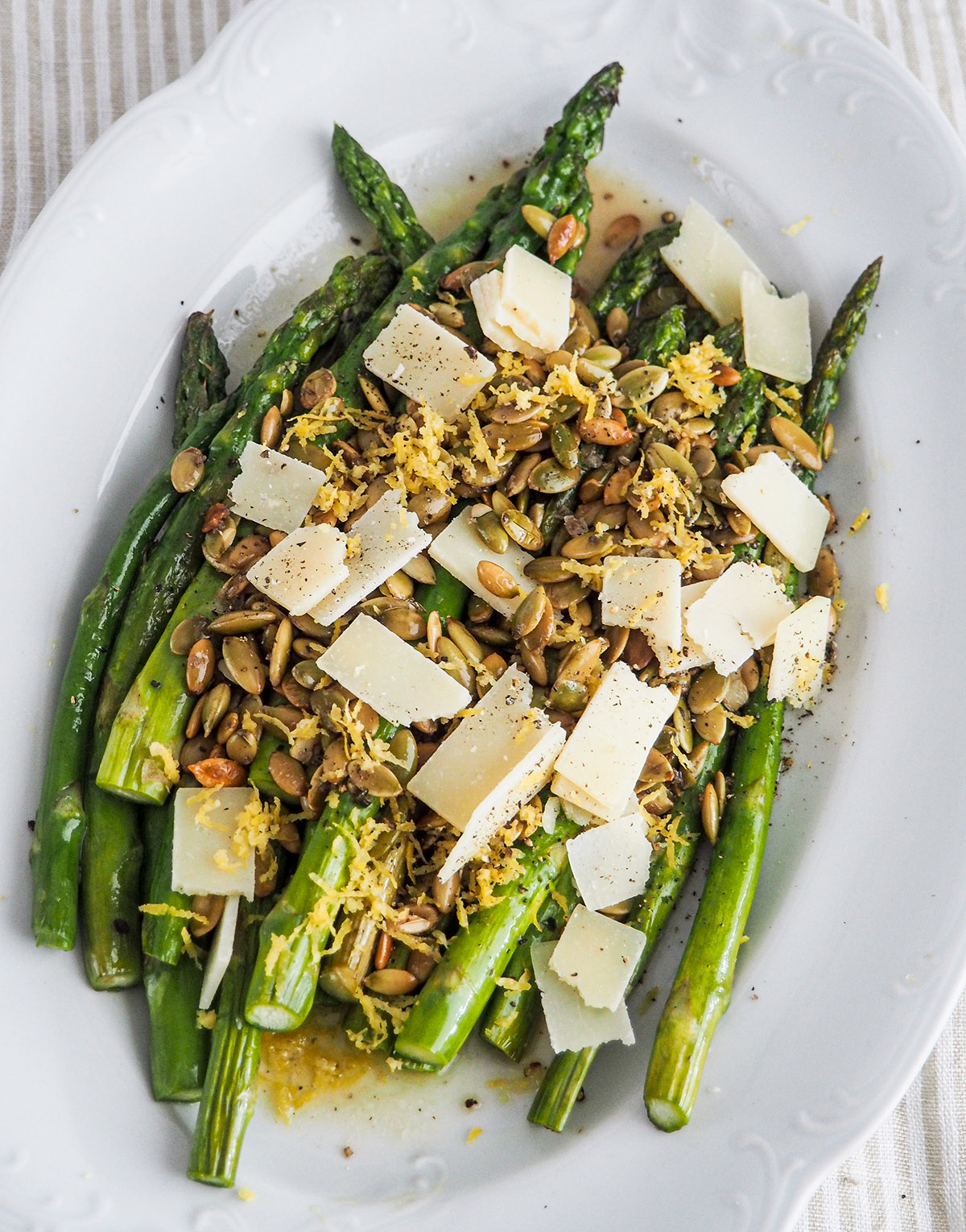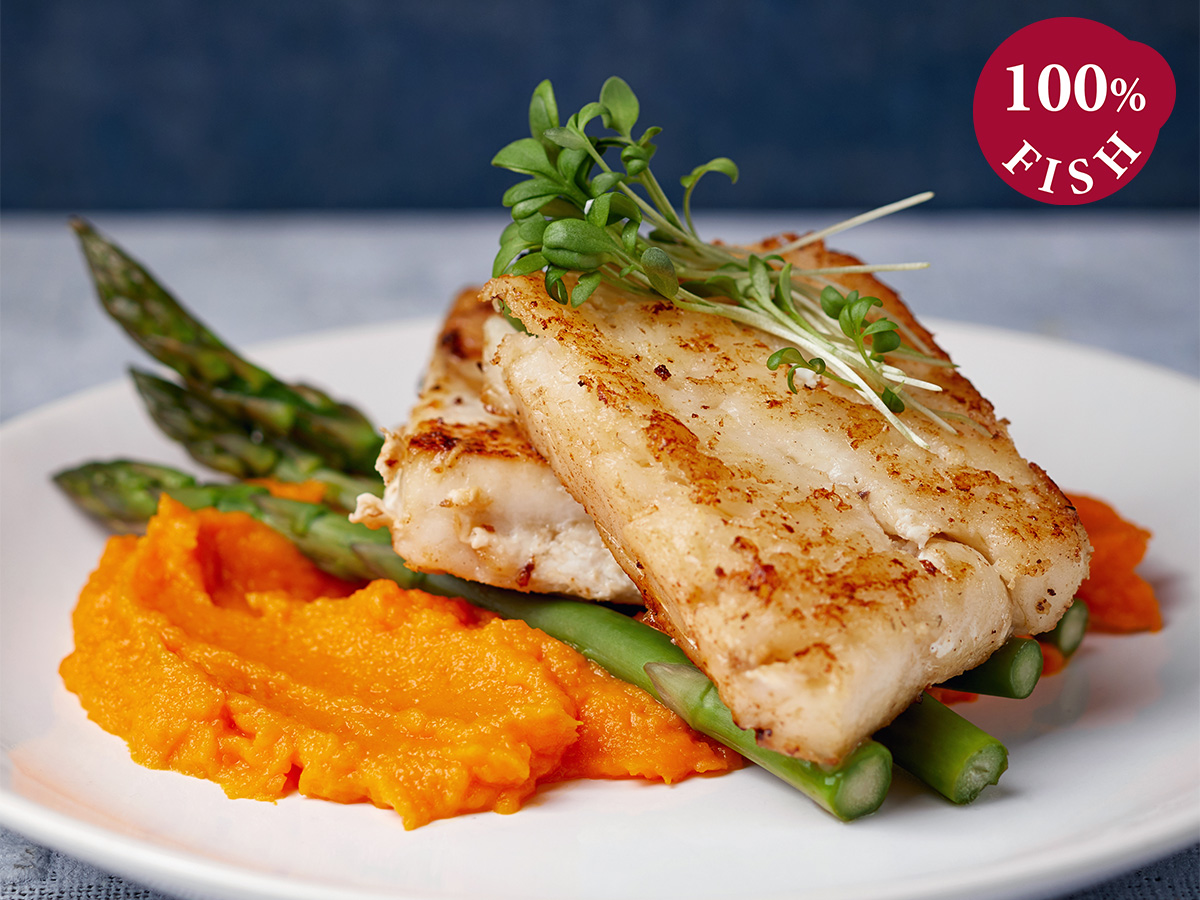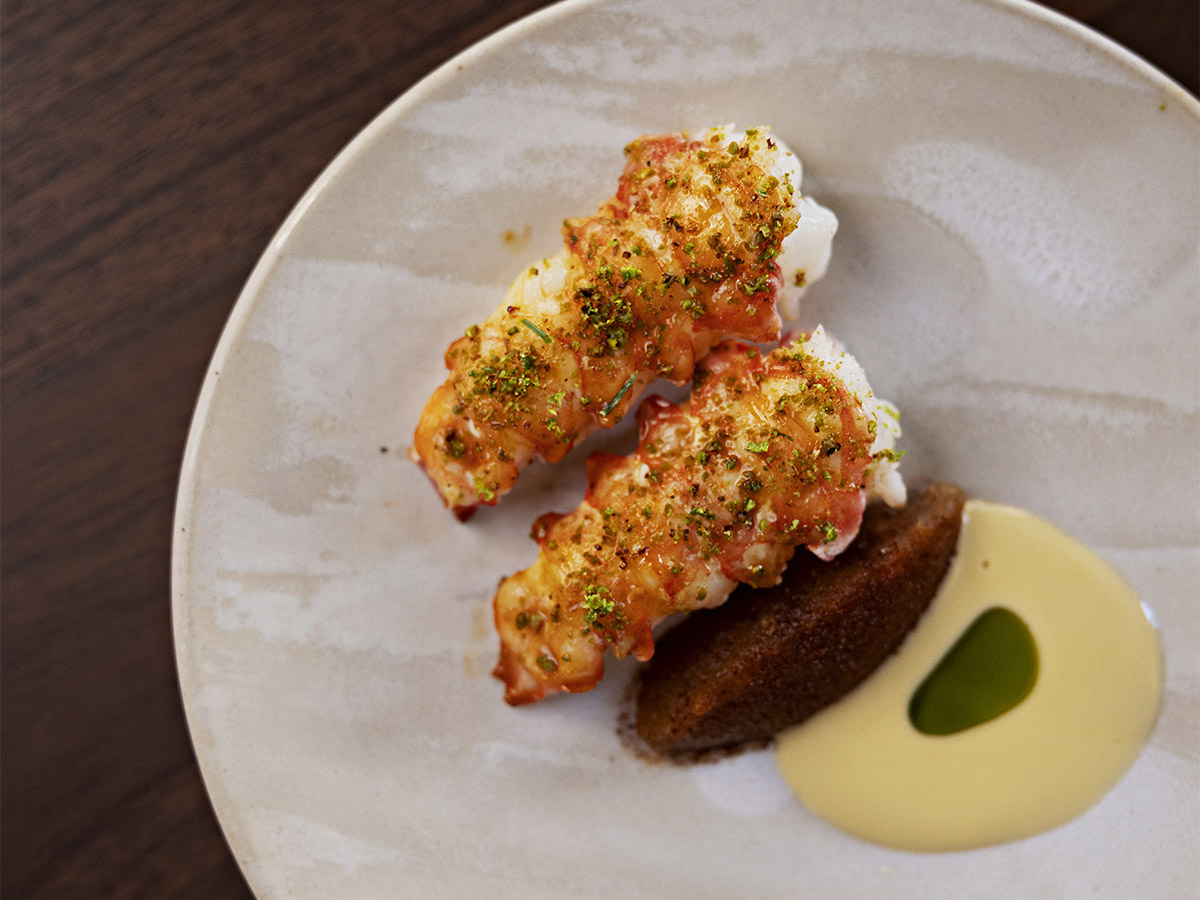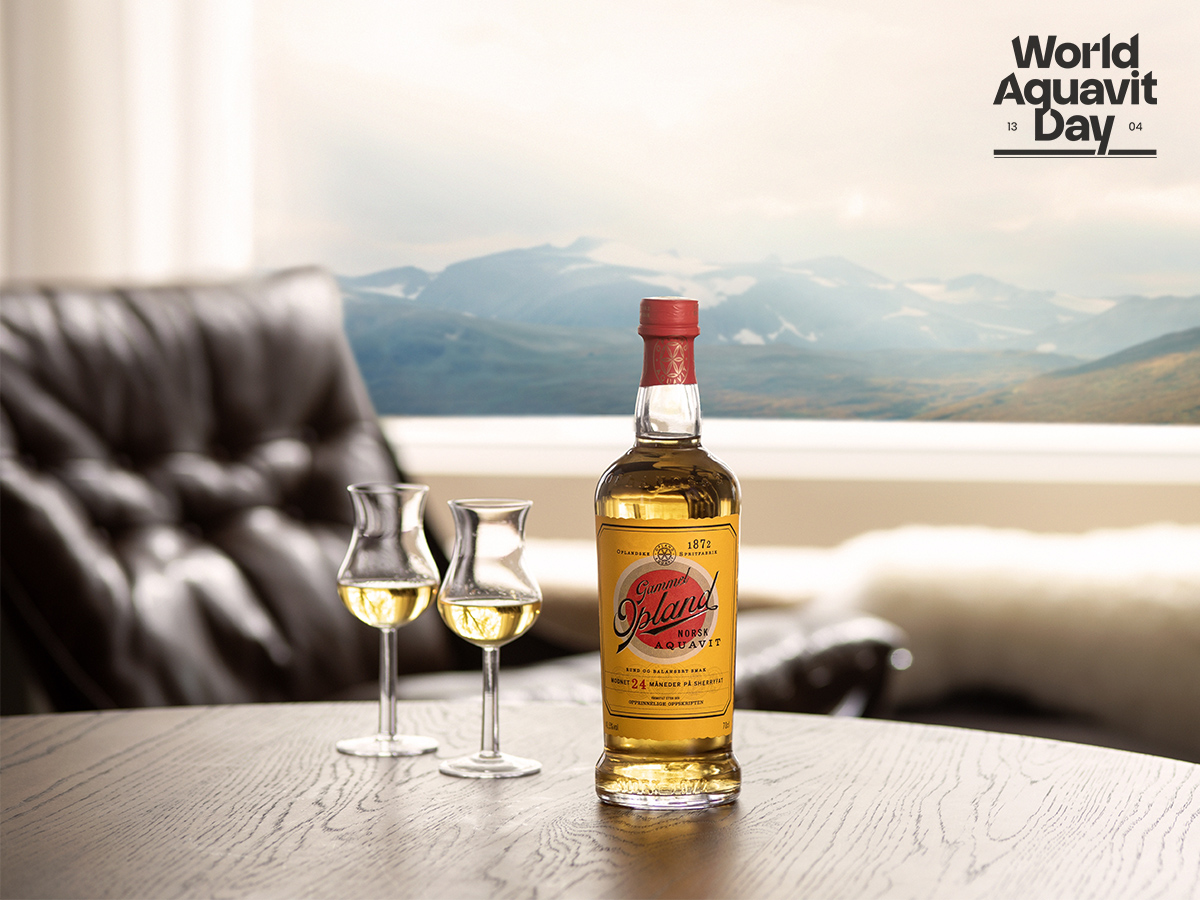Coffee for the masses: Swedish coffee culture, types of coffee drinkers, and myths debunked
By Malin Norman
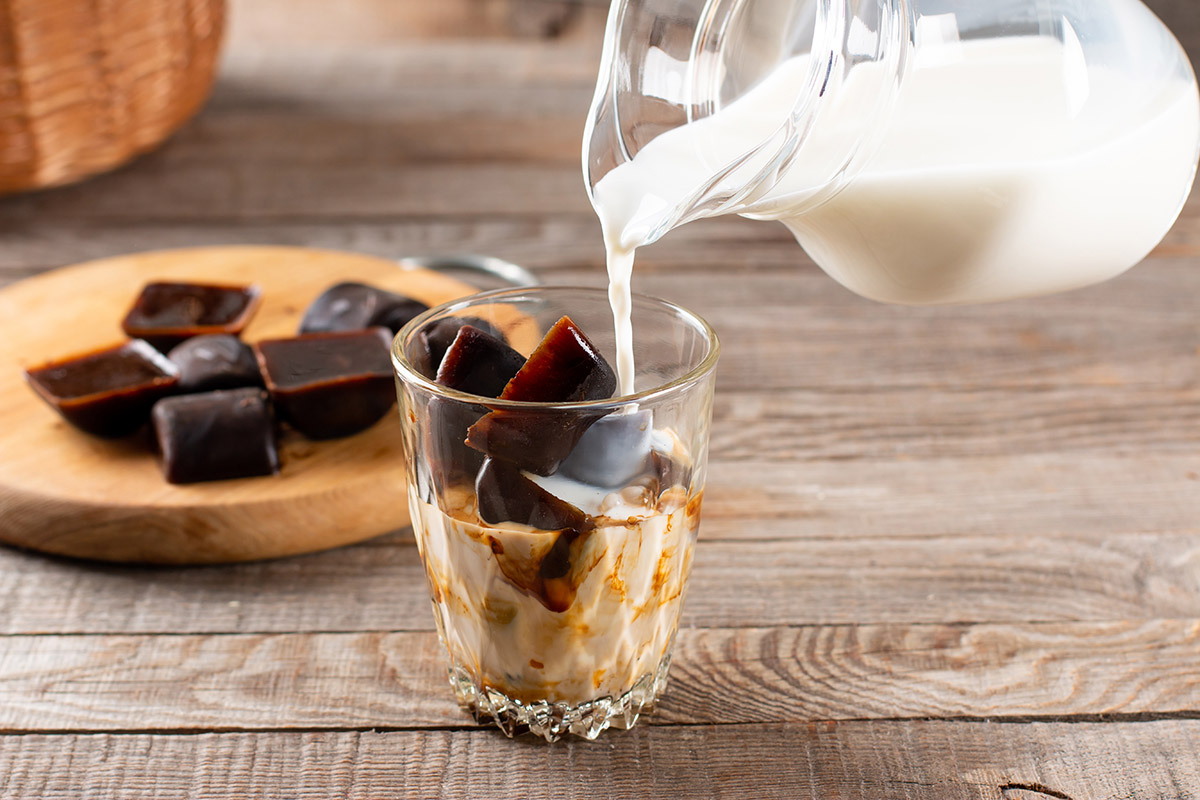
Photo: Löfbergs
Coffee is massively important in Sweden, where people drink coffee as if it was water. In fact, 79 per cent drink coffee regularly, according to the Coffee Report 2024. In a country steeped in a proud café tradition with delicacies such as cinnamon buns and seven types of cookies, coffee is an integral part of everyday life – perhaps to counteract all those sweet treats.
Sweden has a top-class coffee culture and a strong café tradition, ranging from traditional patisseries to too-cool-for-school craft coffee bars and modern coffee shop chains such as Waynes, Espresso House and Bröd&Salt. Similar to the British pub culture where you can find a pub around every corner, in Sweden, you will find a place to sit down for a coffee and a cinnamon bun, or another treat of your choice, almost wherever you go.
Earlier this year, the coffee roaster Löfbergs presented its Coffee Report 2024, which maps the coffee drinking habits of the Swedish population. Findings show that 4 out of 5 Swedes drink coffee regularly. Drip coffee rules amongst preferred types of coffee with 72 per cent, and 2 out of 3 people say that the morning coffee is their favourite. Interestingly, according to the report, Swedes learn to drink coffee from their mother and 20 per cent start drinking coffee at the age of 14 or younger.

Photo: Löfbergs
Coffee on saucer or with cheese
How Swedes have preferred to drink their coffee has varied over time. In the 18th century, people actually drank coffee from a saucer, a custom that lasted until the 1960s. Some Swedish readers might remember their parents or grandparents slurping coffee from a saucer. It is believed that the steaming hot, boiled coffee cooled down faster if it was poured onto a saucer.
Eventually, it became popular to drink coffee with a cube of sugar between the teeth. Oh yes, this was long before sugar was known as the big, bad enemy to our health. Coffee was still sipped from a saucer, and then strained through a cube of sugar.
Another coffee tradition is coffee with a splash of alcohol, often moonshine, added. In some parts of Sweden, egg coffee is a thing. In other parts, they devour cheese coffee – where cubes of cheese are added to the cup of steaming coffee to transform into moist and soft cheese sponges.
Lately, everyone and their mother seems to be adding the plant-based Oatly oat drink to their coffee, a Swedish brand that has seen immense international success.
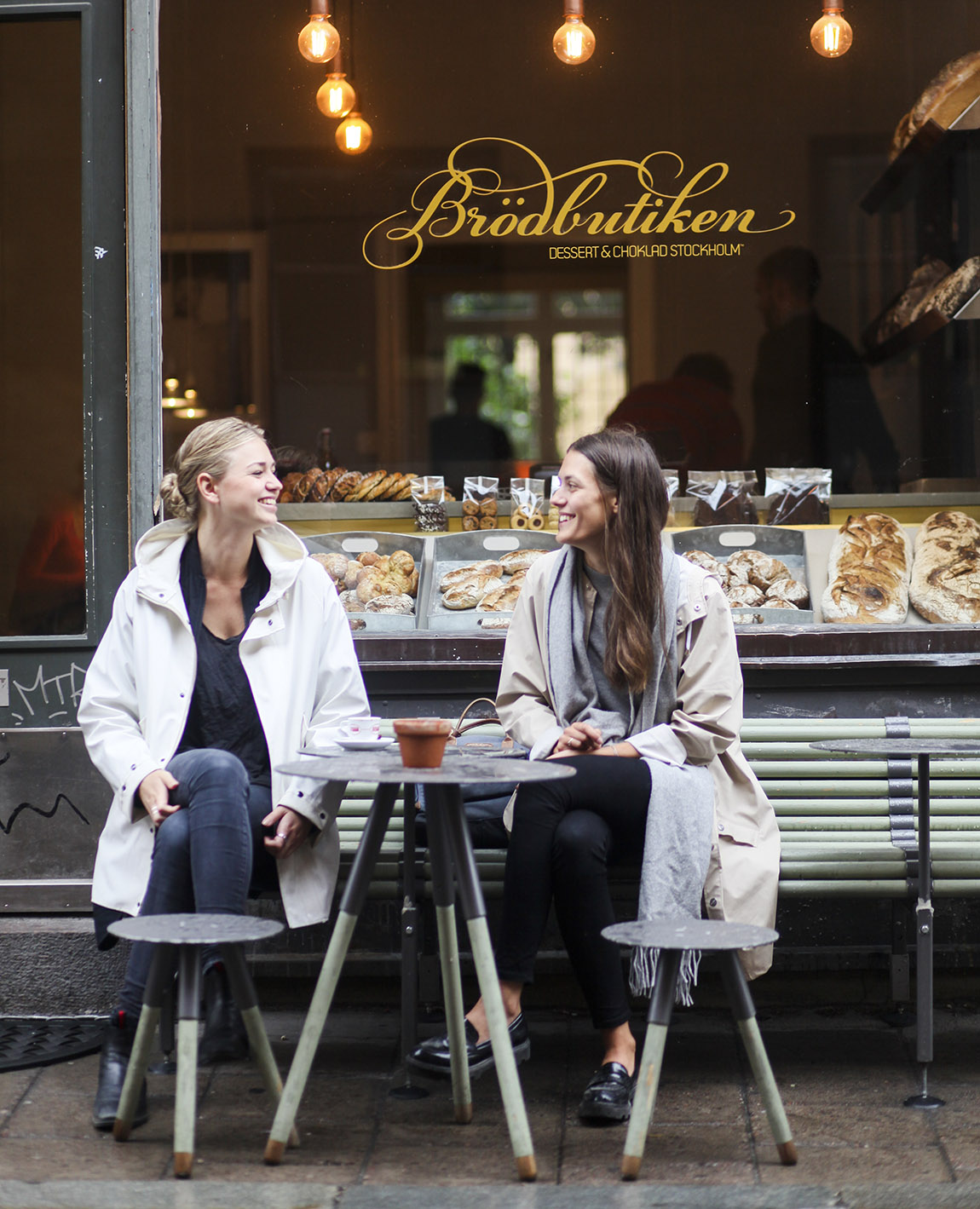
Photo: Tove Freiij/imagebank.sweden.se
Cinnamon buns and tasty treats
On 4 October, Swedes celebrate the country’s most loved pastry, the spiral-shaped cinnamon bun. Back in 1999, Kaeth Gardestedt came up with the idea for the Cinnamon Bun Day and a delicious new tradition was born. According to the Association of Swedish Bakers & Confectioners, the country’s population eats a whopping nine million cinnamon buns on Cinnamon Bun Day. Filled with butter, sugar and cinnamon, these sweet and moreish treats go perfectly with a cup of coffee.
Coffee is closely associated with cinnamon buns as well as seven types of cookies. At the end of the 19th century, the term kafferep was established. This was a private gathering of ladies, who were served seven kinds of cookies. This tradition is currently undergoing a revival and Swedes are again baking for instance melt-in-the-mouth dreams (drömmar), chocolate slices (chokladsnittar), and nut biscuits (nötkakor).
Other Swedish classics to have with your coffee in Sweden include the irresistible princess cake, the mouthwatering mazarin (a small almond tart covered with thin icing), and delicious vanilla hearts. All elevated by the roasted character and the bitterness of the coffee.
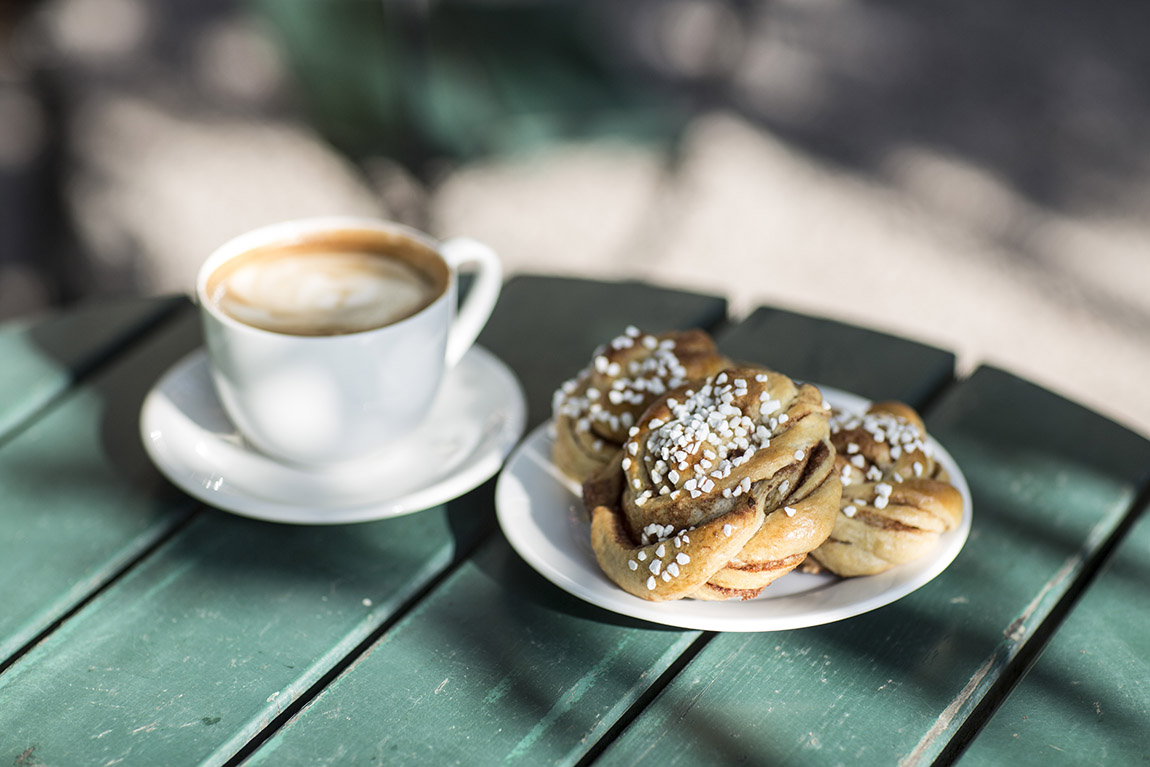
Photo: Tina Stafrén/imagebank.sweden.se
Debunking myths about coffee
Another major Swedish coffee roaster, Zoega, debunks the myths about coffee on its website. The most long-lived myth is that the flavour of coffee is affected by where you live and the tap water available. However, the flavour actually has more to do with the dosage, the coffee maker used, and how often you descale the coffee maker.
Many people also believe that there is more caffeine in espresso than drip coffee. The truth is that how much caffeine you consume depends on how much coffee you actually use when you brew your cup, not the type of coffee you make. If you use the same amount of ground coffee for an espresso as for a cup of drip coffee, the amount of caffeine will be the same.
Other myths include the effect that coffee has on the body; some say that coffee is diuretic and others that it is dehydrating. None of this is true means Zoega, as drinking the same amount of water will have a similar effect on the body.
Another often discussed topic is how to store your coffee. Zoega recommends keeping coffee in the original packaging in a container placed in the fridge. The quality of coffee will decrease when in contact with oxygen, as is the case with many other products. So keep your coffee in a cool, dark place in a closed container (a stylish one is preferable, of course).
Newbie, traditional or connoisseur
The Swedish supermarket chain ICA explores different types of coffee drinkers in a recent feature. Not surprisingly, the newbie prefers a weak brew with heaps of milk and sugar, whilst the creator is a big fan of cool coffee content on Instagram and lots of added good-looking calories – the more the merrier.
As can be expected, the traditional coffee drinker prefers a medium roast for their brew, and the sleepyhead needs a quick and easy fix with capsules at the push of a button in the morning – or perhaps a breakfast combo consisting of overnight oats steeped in coffee.
And last but not least, the connoisseur takes great care when grinding the beans and to no end experimenting with different types of roasts and coffee makers – only the best is good enough.
Which type of coffee drinker are you?
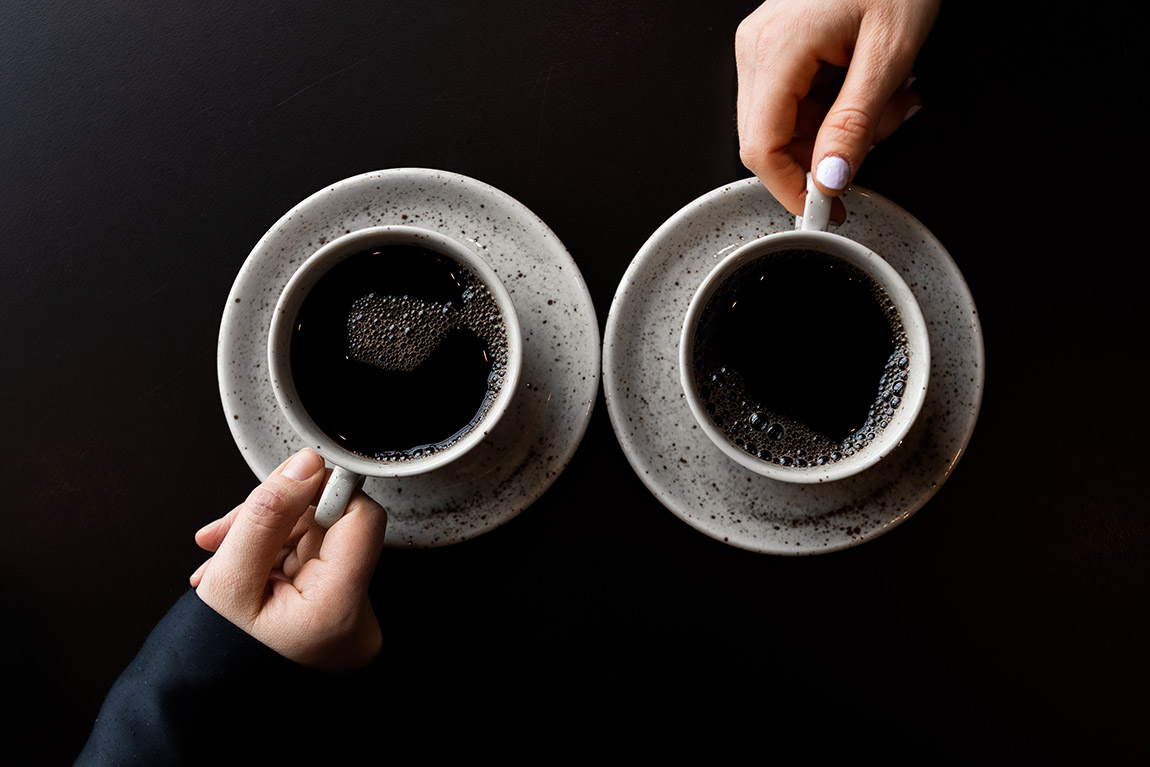
Photo: Löfbergs
Subscribe to Our Newsletter
Receive our monthly newsletter by email

